For people who are blind or visually impaired, it is important to safely and quickly recognize their currency. Both when paying, and when receiving change. Depending on the currency, there are different solutions available. Let’s examine a few ways of how blind people can safely recognize their paper currency.
The Problem with Paper Money identification
In some countries, such as in the United States, all denominations of money have identical sizes. This makes it impossible for blind people to distinguish one denomination from another. In many other countries, the size of bank notes are different, which can make money identification easier, depending on the difference of the note sizes.
Identification solutions by governments and central banks
Governments have devised a way to help the blind tell apart different money denominations. In countries such as India, Australia and Malaysia, each denomination of paper money has a distinct length. Along with this, blind people can use a small money identifier card to quickly measure and distinguish money. When the currency is lined up with the card, tactile marks on the card identify which bill is used based on length.
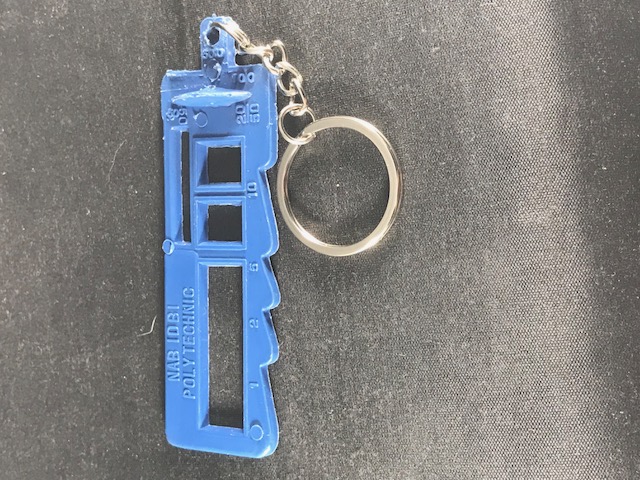
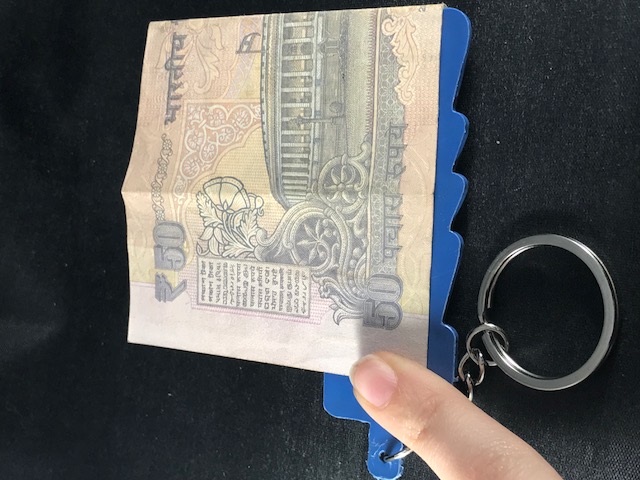

Some governments turned to a more direct approach. In Canada, money is being produced such that there are groups of Braille dots which indicate the value of the bill. Near one corner of the note, blind people can feel the dots.
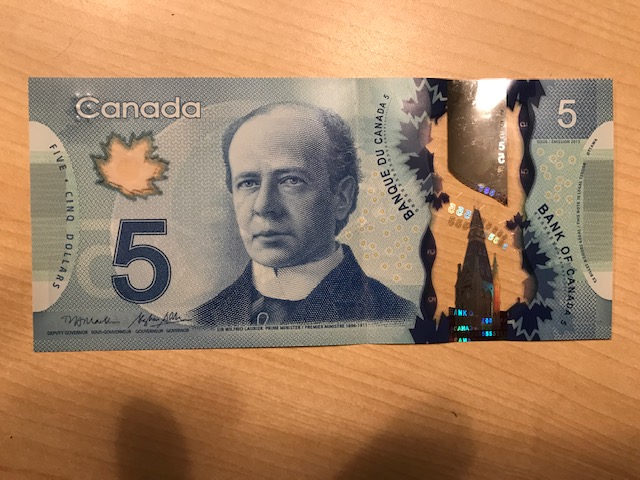
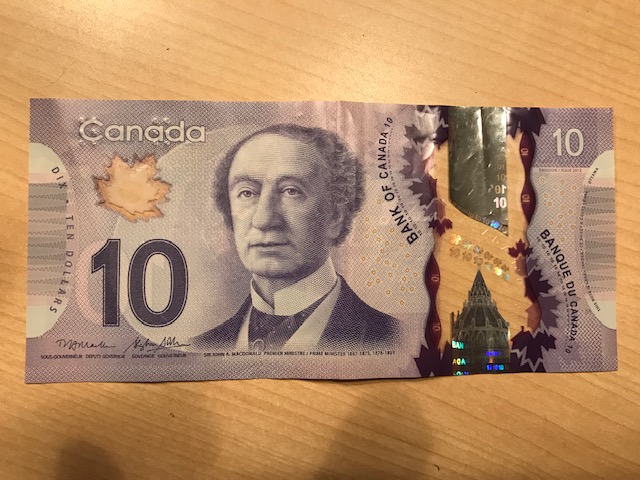
Other countries, like Brazil or Bahrain came up with another solution, they created tactile marks on each note, which do not resemble braille dots. The first of these types of notes was made in the Netherlands in 1971.
Solutions blind people invented to identify currency
Tactile marks can be helpful, but if they don’t exist, people still need a quick way of identifying their currency.
Identifying by folding Money
Blind people can fold a denomination of money in a particular way. This of course requires some help identifying the currency. But once asking a sighted person, it is possible to organize money in a way that it can be identified in the future. However, it requires someone the blind person trusts. One way of doing it is by folding money differently. For instance, a $1 bill can be left unfolded. A $5 bill can be folded widthwise. A $10 bill can be folded lengthwise. For larger denominations, combinations of the two previous folding patterns can be used.
This can be a good solution to quickly recognize the denomination of a specific bill.
A wallet with dividers
Wallets with around for to five divisions enable blind people to place each denomination in a separate place. This works most of the time. But it can also become confusing when blind people have to sort through many denominations. This method is not helpful when people need to carry different currencies at the same time.
Money identifier apps
There are several apps which blind people can use on their phone to recognize currency. The app uses the camera to check the currency, and based on algorithms and a database of bank notes it recognizes the currency and announces the value using speech. These applications vary in quality, some do significantly better than others.
Money identifier tools
The user has to insert the money into one of these devices, usually in a particular way. Then the device can provide information about the currency, either by speech, a combination of beeps or vibrations. The problem with this solution is that bad quality banknotes are harder to identify. One example is the iBill Banknote identifier, which is provided by the Bureau of Engraving and Printing and the National Library Service free of charge to qualifying visually impaired individuals.

Conclusion
Different people use different means of identifying money, depending on their needs and currency .Each solution has its own pros and cons. It would be much easier if people could identify a banknote as soon as they touch it. It would make currency identification much faster, and much more secure. However, it is also noteworthy that in recent years less money is used in favor of electronic transactions.
I also created a video where you can see the iBill, the LetSeeApp and the folding method in action.
If you would like to hear more about currency for the visually impaired, and other related information, sign up for my newsletter.

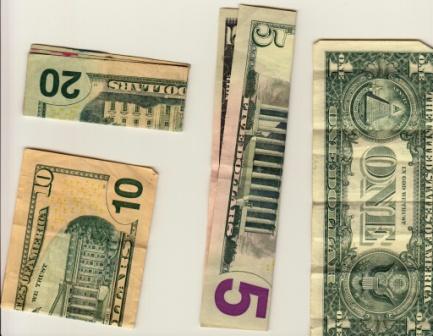
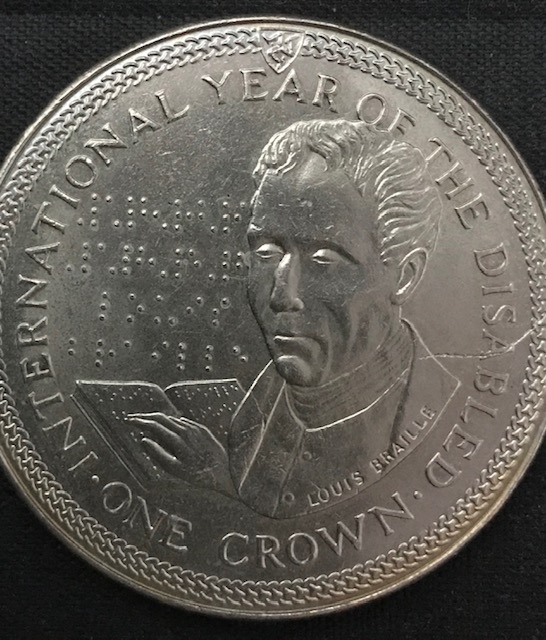

Thanks. This post is really wonderfully researched and written. All the tools for identifying banknotes are here.
Thank you Rajeev. There are certainly more tools out there, but I tried to at least list the most important trends. Thanks for reading the blog.
The government should come up with the Braille system for the cash
Hi Gerald. Unfortunately this is a very long process. Currently, in the USA, the BEP is continuing to look into more solutions according to the Meaningful Access Program. But there is not a global solution, and each government/treasury needs to come up with their own plan.